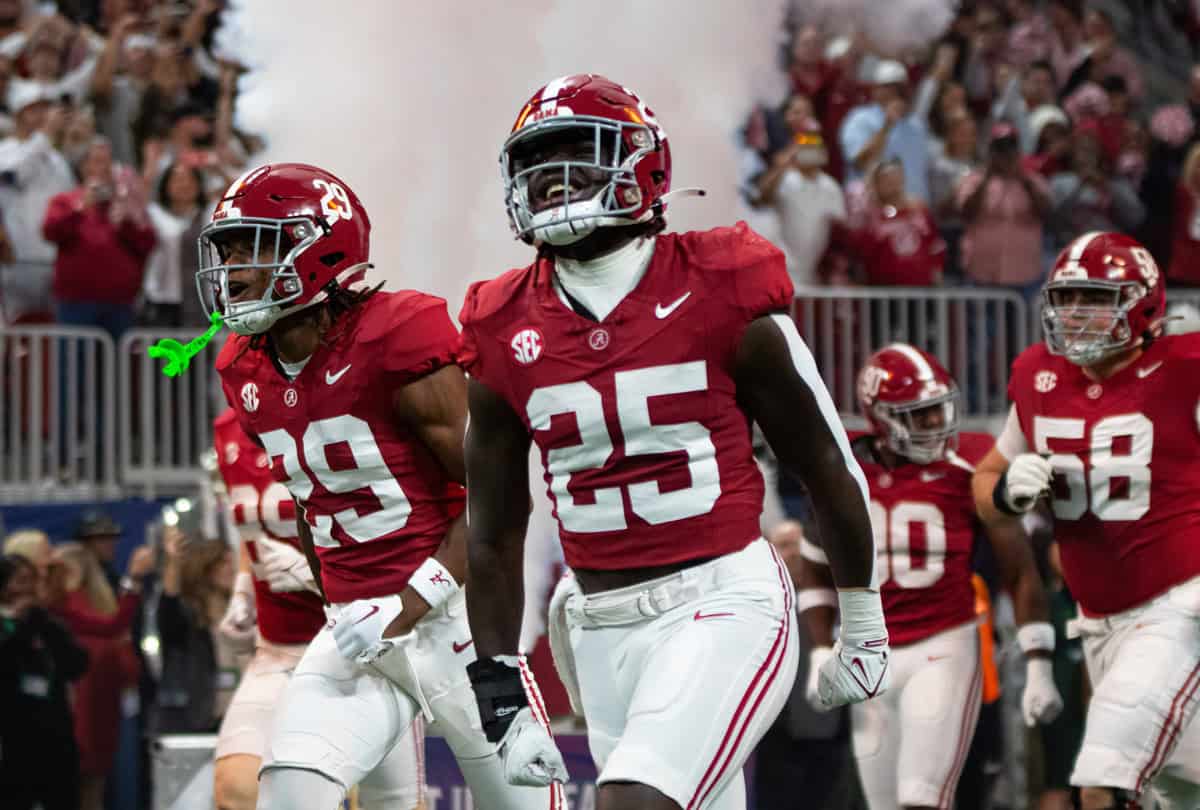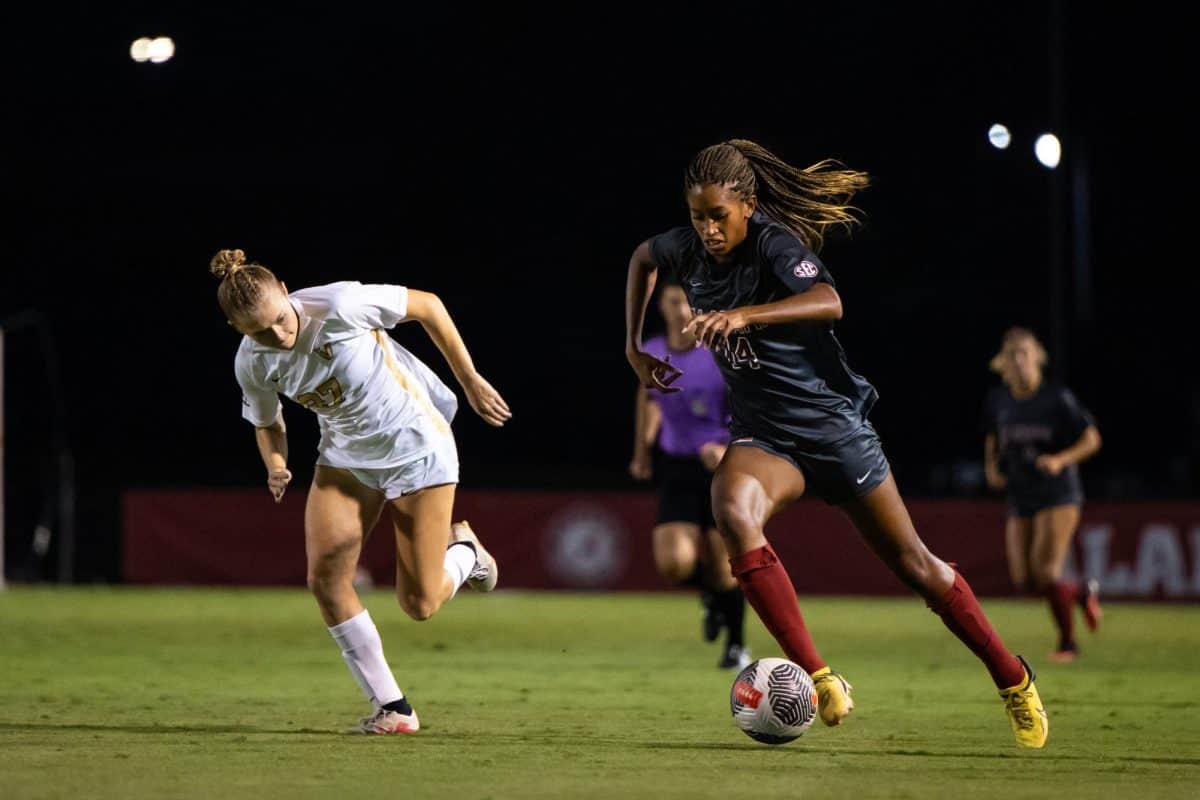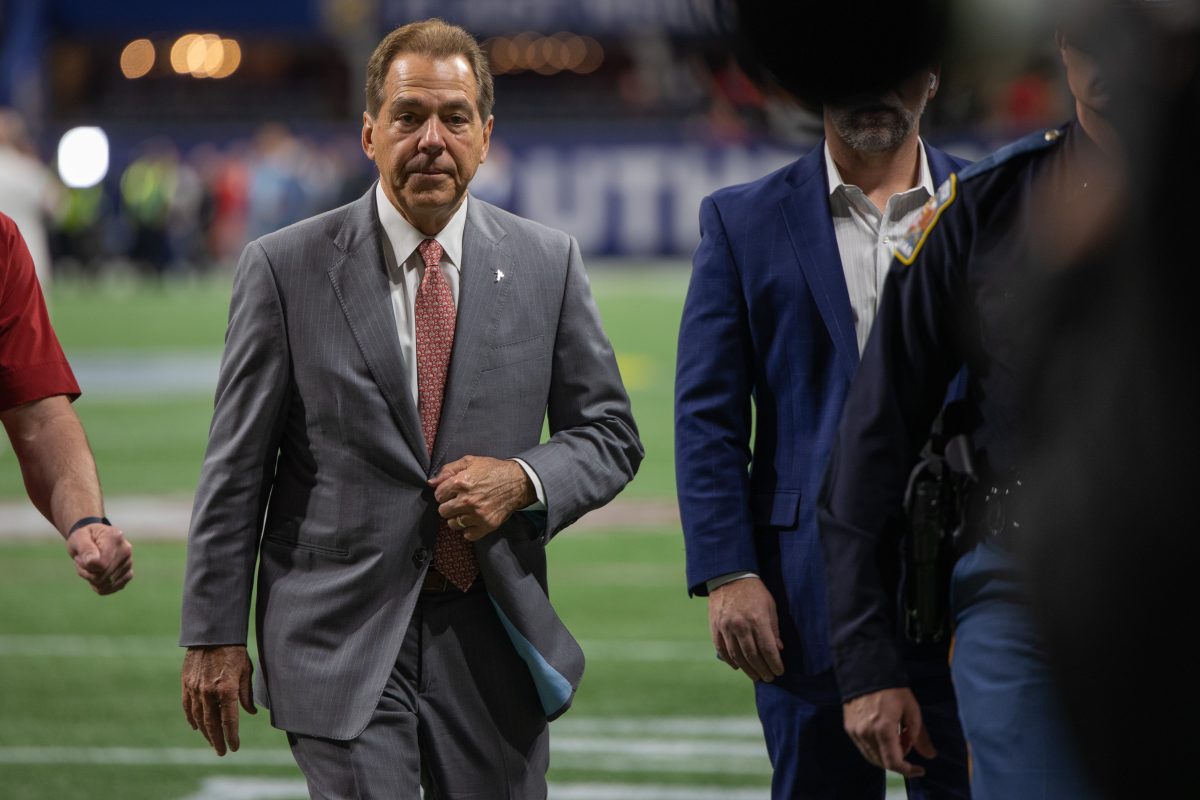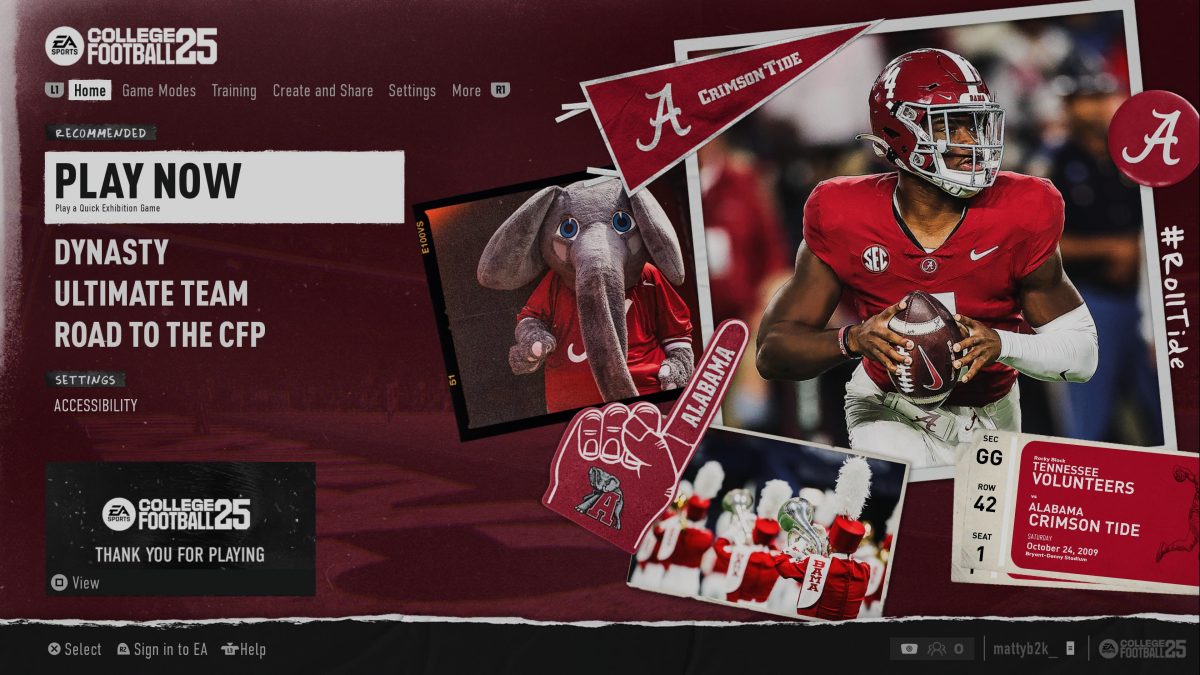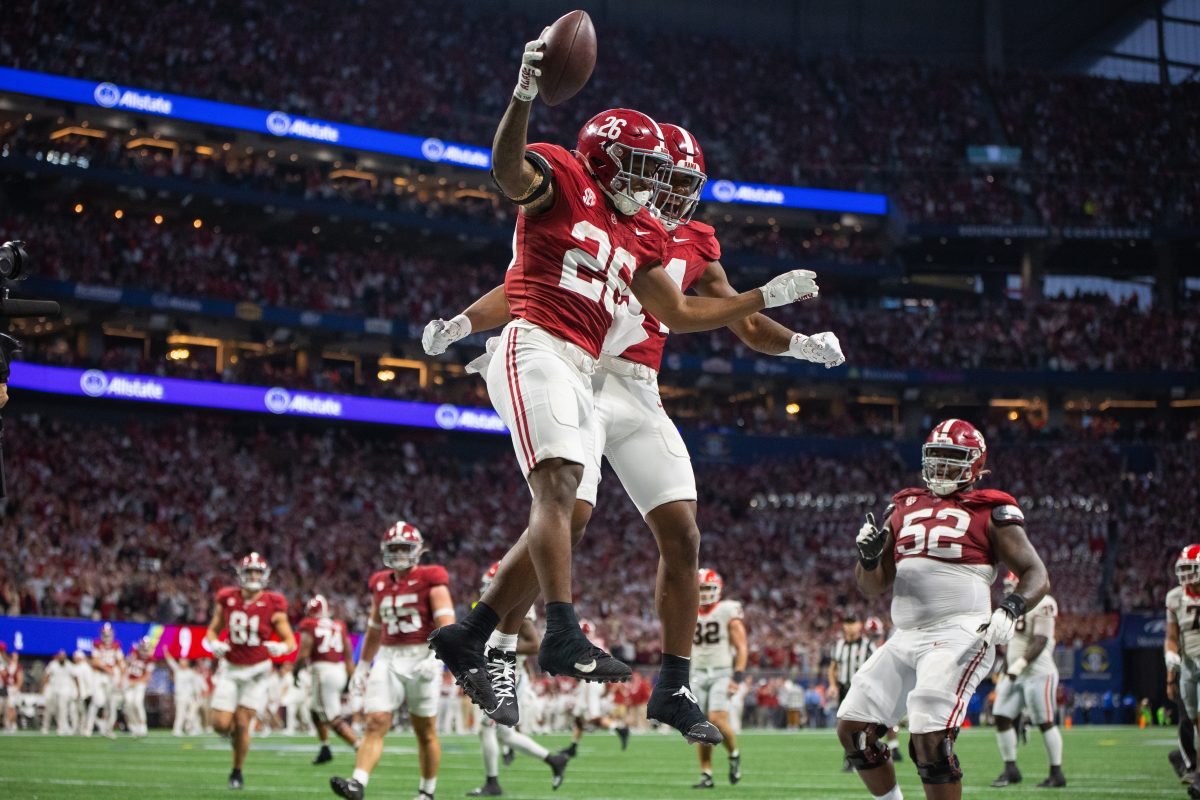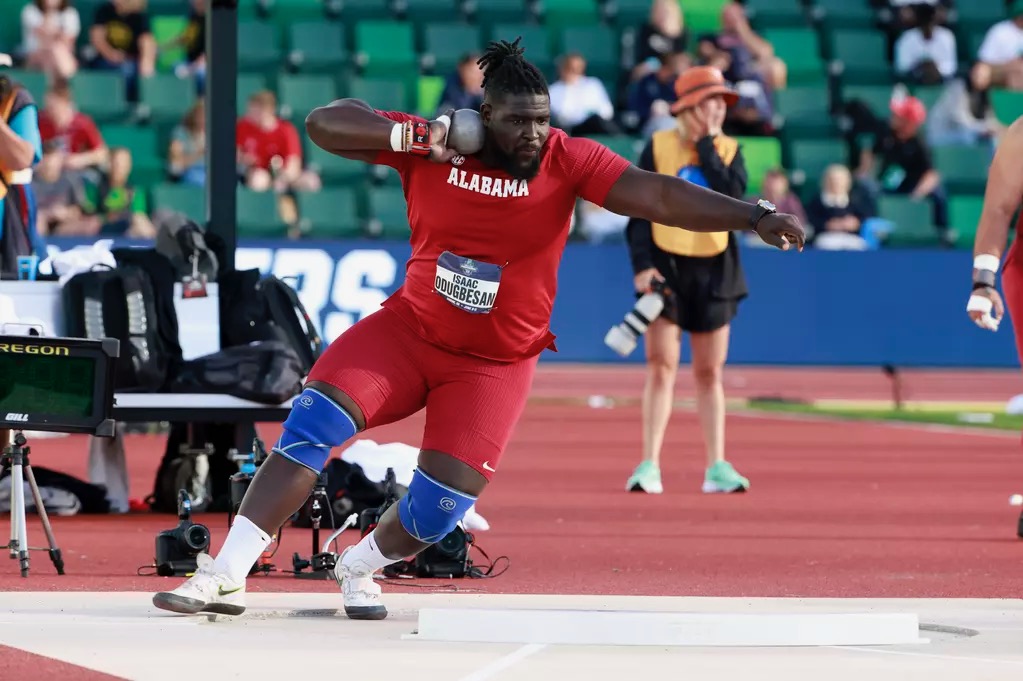The death of old rivalries, student-athlete travel time increasing, concerning TV money grabs — there’s a lot not to like about collegiate conference realignment. One rarely addressed concern, though, is the environmental costs of sports teams traveling to their new conference opponents.
In the Big 12, a trip from Utah to Central Florida is about 1,900 miles , as the crow flies. In the Big Ten, the Washington Huskies will have to travel about 2,400 miles to Rutgers Scarlet Knights. And in the newly coast-to-coast ACC, there’s an astounding 2,700 miles between Stanford and Boston College. If these 1,000-plus-mile trips become the new norm, the environmental impact of realigned conferences will grow astronomically.
Of course, these are the extremes. A 2024 study from the Sustainability and Sports Science Journal explains how the normal is becoming extreme as well. In the Atlantic Coast Conference this upcoming season, the average travel distance for each conference school is double the average travel distance in 2010. The Big Ten’s upcoming season’s average travel distance will nearly triple the 2010 distance.
More importantly, the study examined the carbon footprints of these conferences’ football seasons. As expected, “every alignment of the Big Ten conference leads to a rise in carbon emissions. … When Nebraska joined in 2011, emissions increased by 16% the following year. In 2014, with Maryland and Rutgers joining, emissions rose by 6% compared to the previous year. … Projections for 2024 show emissions reaching 56,502 kg, a 2.48-fold increase from 2023’s 22,790 kg.”
Similar trends are predicted for the ACC, whose emissions are expected to nearly double, and the Big 12, whose emissions are expected to rise nearly 25%.
The SEC is expected to rise as well with the addition of Texas and Oklahoma. However, because these teams are more local compared with the transcontinental opponents of the other conferences, the SEC’s emissions are projected to rise only 5%.
The big picture is that the miles are increasing, the travel times are lengthening, and the carbon emissions are skyrocketing.
And that’s just the football programs.
While other sports programs usually aren’t as large as football, each Power Five conference has an average of 20 other programs that will need to travel to compete as well. Conference competitions that were a half-day bus trip become trips to the airport and a flight — maybe multiple flights. Factor in die-hard fans, parents of student-athletes, and anyone else looking to travel to watch their favorite team, and the emissions continue climbing and climbing.
These realignment deals are arranged mostly for football and TV and often don’t take into consideration smaller sports or even the universities’ ideals.
As one of the newest members of the Big Ten, the University of Washington is more than 900 miles away from all but one of its new conference opponents, meaning a sports event involving the Huskies probably bears the brunt of many of those carbon emissions statistics. Ironically, though, one of the University of Washington’s initiatives is in direct opposition to this environmental reality.
The Population Health initiative has three major pillars, one of which is environmental resilience. It advocates for “healthy people, healthy planet” and “factors that influence how long and how well we live,” including climate change. Traveling to compete in a conference mainly located across the country does not support that initiative.
Furthermore, having student-athletes spend their time traveling rather than preparing, training, recovering or, most importantly, studying does not promote “healthy people.”
Now, to put it all into perspective, perhaps a few extended flights from a couple of colleges’ sports programs won’t make a difference in a world of private planes, factory fog and gas-guzzling vehicles. Perhaps reducing travel for intercollegiate athletics can’t help the impending sense of doom that this generation feels about the future of the Earth. However, it certainly can’t hurt.
As the world of college sports continues to take shape in conference realignment, the environmental costs must be considered just as much as TV deals, student-athlete health and fan enjoyment.

